Reviews
Who is at fault in lane-changing accidents in New York? Insights from a New York City Auto Accident Attorney
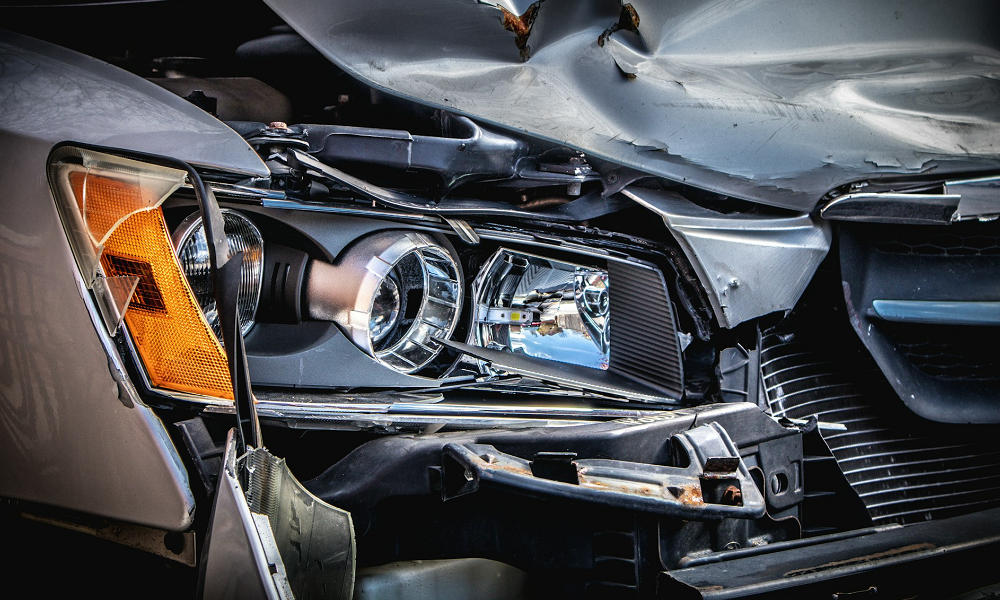
Changing lanes is a routine part of driving in New York, but if you were to look into the most common causes of auto accidents in New York, you would also find that unsafe lane changes rank high up on the list. When such an accident occurs, the biggest question that comes to mind is, who is at fault? As your car accident lawyer NYC, they can tell you that answering this question is not always straightforward, and in this post, we’ll go through the factors that need to be considered to answer the all-important question.
Lane-changing laws in New York
In the New York Vehicle and Traffic Code, Section 1128 elaborates on New York’s rules for safe lane changes. According to this section, when the road has two or more marked lanes, the drivers must not change lanes unless the driver has first ascertained that it is safe to make the lane change.
When it is a three-way lane where traffic moves in both directions, the center lane can only be used to pass another vehicle (when the lane is clear), to prepare for a left turn, or when traffic lights or signals traffic in your direction allow you to use the center lane.
The section also mentions that if traffic signals require certain types of vehicles to stay in a specific lane, the drivers must obey the rules and stay in the designated lane. Furthermore, the section also notes that if the road has special lane markings showing that a crossing is dangerous, the drivers must not drive through such markings.
What are the common causes of lane-changing accidents?
As we mentioned before, lane-changing accidents are among the top causes of motor vehicle accidents in New York, and many of these accidents are caused by—
- Drivers failing to check blind spots
- Misjudging distance between vehicles
- Aggressive driving (i.e., road rage)
- Speeding
- Distracted driving
- Poor visibility
How do we determine liability?
Much like any other type of car accident, the devil lies in the details and the evidence presented. Evidence such as CCTV footage, police reports, and the positions where the vehicles have sustained damage, among many others, are all important pieces of evidence that accident reconstructionists can use to paint a picture of the events that led to the accident. At the same time, if you had apologized or admitted fault immediately after the accident, the liability would have been placed on you.
Since it is an auto accident in New York, and New York is a no-fault state, you can claim compensation for your injuries through insurance, irrespective of fault. However, when both vehicles involved in the lane-changing accidents share the blame, their compensation will be reduced to reflect the extent of the blame. This is the result of New York’s pure comparative negligence rule.
For example, consider a situation where two cars (Car A and Car B) are involved in a lane-changing accident and both cars are claiming $50,000 in damages. The subsequent investigation finds that car A is 40% responsible for the accident and car B is 60% at fault. In the end, when the compensation is reduced to reflect their fault, car A will only receive $30,000, while car B will only receive $20,000.
Conclusion
As a New York City auto accident attorney, they can tell you that lane-change accidents often bring about complicated questions of liability. As such, without proper legal guidance, you will find yourself in an uphill battle with insurance companies that are determined to reduce and deny your claim for compensation.
Gabriel Law says they support clients no matter the type of accident involved. With over 50 years of combined experience, the firm offers clients to navigate the rocky road of the legal and insurance landscape of New York and get fair compensation.

-

 Legal6 days ago
Legal6 days agoMichigan man JD Vance sentenced to 2 years for threatening Trump and JD Vance
-

 Politics1 week ago
Politics1 week agoU.S. to designate Maduro-linked Cartel de los Soles as terrorist organization
-

 Health7 days ago
Health7 days agoCambodia reports fatal H5N1 bird flu case in 22-year-old man
-
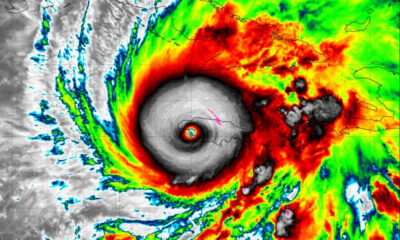
 World4 days ago
World4 days agoHurricane Melissa registered 252 mph wind gust, breaking global record
-
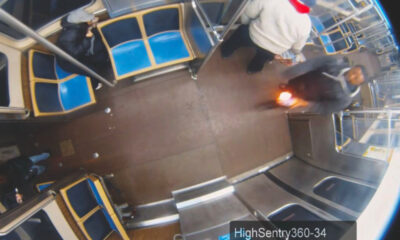
 Legal4 days ago
Legal4 days agoWoman in critical condition after being set on fire on Chicago train
-

 Politics1 week ago
Politics1 week agoEpstein survivors release PSA calling on Congress to release all files
-
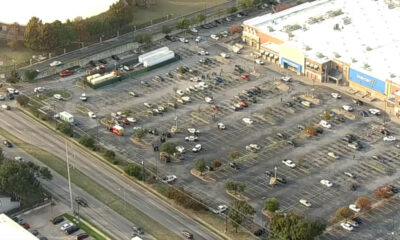
 Legal4 days ago
Legal4 days ago1 dead, 2 injured in shooting at Dallas Walmart parking lot
-
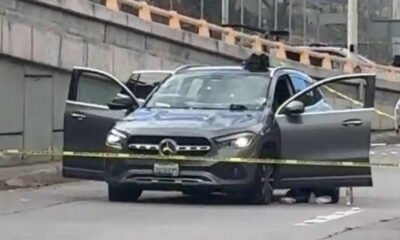
 Legal3 days ago
Legal3 days agoSuspect in San Diego stabbing shot by authorities after fleeing into Mexico




